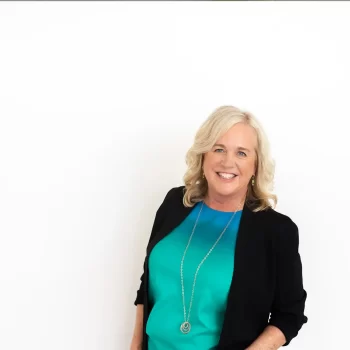When early stage businesses get stuck, the first place they look is marketing. “We have to get out product/solution in front of more people.” But sometimes the question they need to answer is “Did we build the right solution?”.
Here are 5 ways I hear entrepreneurs try to convince themselves that everyone is as in love with their product as they are.
The Lies
1. I made an MVP and I showed it to some people and asked if they would use it. They all said yes. People definitely want this.
First, people want to be nice so when you ask them a vague question like that they will likely say yes. Second, just because they said they would use it, doesn’t mean they’d be willing to pay for it. Third, were they “some people” or are they your intended customers?
Here are some better questions:
- Tell me about how you usually shop for kitchen gadgets/maintain your customer list/onboard your employees/find a summer camp?
- What’s the most important thing you look for in a store/database/system/activity?
- What’s the most frustrating part of that for you?
- On a scale of 1-10 how frustrating is it? How excited would you be to get that problem solved?
- Have you tried anything to solve that problem? Anything else?
- What’s worked? What hasn’t? What did you like about it? What did you not like?
- Hand over your MVP. Take a look at this. Watch them use it, play with it, test it. Does that solve your problem? Would that make your life/job easier/better?
LISTEN TO WHAT THEY SAY.
DO THIS A LOT MORE TIMES.
2. Our product is for everyone.
Congratulations. Your market is huge. But it turns out that unless you have big advertising dollars, it’s hard to let everyone know about your product. And even harder to get everyone to try it.
So how about “Our product is for this one group of people.” The group that needs it the most. The group that has online forums about solving the problem. The group that is so frustrated they get visibly agitated when they talk abut it. Bonus points if you can find the group that is already spending money to get the problem solved.
Go to them with your solution. Make them happy (shouldn’t be too hard given how frustrated they are). Learn from them. Practice on them. It’s a win win.
Then if it works out, branch out to another group. And another. And then everyone. Ok?
3. We already know what our customers want because they buy Product X and ours is better. So we don’t really need to talk to them to figure out our product specs.
How many “To Do” list apps are out there? How many are on your phone right now? How many do you use every day? What would make the one you are using better?
Great. Now go ask your friend the same question. I bet they have a different definition of “better.”
More features? Less features? Tied to a calendar and email? Stand-alone?
Here’s the killer question: If someone delivered an app that met your “better” spec would you switch? Would you PAY FOR IT?
4. Our product does A for audience X, B for audience Y, C for audience Z, signup numbers are up and we’re rolling out 3 new features in Q1. We’re doing amazing!
Unless signup numbers = REVENUE, you may want to rethink your assessment. It’s one thing not to make a PROFIT for awhile. But ultimately you will not be successful unless people are willing to PAY for what you’re selling.
The thing is that it’s way easier to keep rolling out features/adding products/testing landing pages then to figure out the relative importance of each audience segment and focus on building what will ultimately drive product loyalty and revenue.
5. Our science/technology/product design is so inspired we don’t need branding/marketing/messaging. Once we get it out there, it will sell itself.
How are you going to get people to try it? What are you going to say to them? How do you know that you are going to delight them so completely that they will tell other people?
In many cases, even if you are disruptive as hell, you are still asking people to change their behavior. You’ve got to find them when they are receptive and make it quick and easy for them to understand why it’s a good idea for them to do something differently. And their entire experience has to be so awesome that they’re moved to tell their friends. There’s a skill associated with figuring out what that is and saying it. It’s called marketing and you need it.
The Truth
Customers may not always know what they want. But they do know what frustrates them and what they are currently doing to fix it.
There are lots of lies we tell ourselves at startups because it makes it easier for us to keep believing in the dream. Sometimes the truth or the potential truth is scary. No one wants to hear their idea won’t work or isn’t what people want. Not fun.
But if we don’t ask the hard questions and listen to the prickly truth now, we’re just going to get more vested in our current direction and add more risk down the road.
It’s time to start talking to our customers and intended customers. Cue The X Files. The truth is out there.
Like what you’re reading? Sign up for my weekly email where I send you practical, straightforward, research-backed strategies. Or catch me After Class with Laura on YouTube where I offer bite-sized business concepts and tools to give you confidence in taking the next leap with your business.





